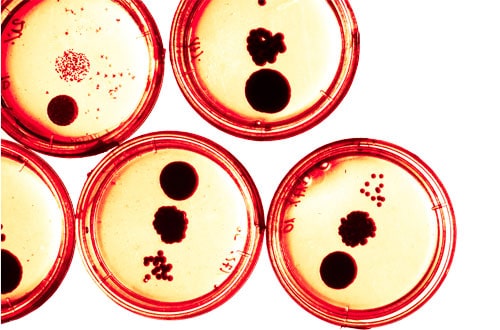
An international fund that pays a bounty on the launch of new antibiotics could help re-populate the antibiotics pipeline, but drugmakers should be prepared to contribute upfront.
That is the conclusion of the latest report in the ongoing UK Review on Antimicrobial Resistance (AMR), which was set up by the government last year to investigate how to tackle the problem of a dwindling armamentarium of effective antibiotics.
A previous report by the review body warned that resistant infections could kill 10m people a year by 2050, with developing nations in Asia and Africa hit the hardest, and cost economies around the world a staggering $100trn.
Under the recommendations, pharma would be asked to contribute to a $2bn fund over five years to help fund basic research into new antimicrobials, but with the promise of a substantial payment – between $1.5bn and $3.5bn – for companies that bring a new drug through development and onto the market.
At the moment only a handful of big pharma firms, such as AstraZeneca, Merck & Co (via its acquisition of Cubist) and GlaxoSmithKline are currently developing new antibiotics to stave off the threat from resistance.
Economist Jim O’Neil, who led the team behind the report, said the intention is to ‘de-link’ the profitability of an antibiotic from its volume of sales, so that companies do not have to worry about shipping a large volume of a new antibiotic to make a return on their investment. As new antibiotics are generally reserved for use on in resistant cases financial returns can be small.
Equally important will be setting a “new innovation cycle” into motion, and the $2bn fund will be important to get that blue-sky research effort underway.
“No new classes of antibiotics have been created for decades and our current drugs are becoming less effective as resistance increases,” said O’Neill. “We need to kick-start drug development to make sure the world has the drugs it needs.”
All told, a fund of between $16bn and $37bn over 10 years would be enough to achieve “a substantially revitalised pipeline of four major new breakthrough antibiotics and a number of important ‘follow-on’ products,” says the report.
At the moment it is not clear where that money would come from, although it is proposed that it will come from a combination of contributions from industry and the public purse. O’Neill has said he wants to raise the funding issue with the G20.
Roche chief executive Severin Schwan welcomed the recognition that new incentives are needed for antibiotic discovery and said the company is committed to working with the AMR review committee and “being a part of this solution.”
Similarly, Patrick Vallance, GSK’s president of pharmaceuticals R&D, said: “We are very encouraged by the ideas it sets out to modernise the economic model to encourage investment in research.”
The pharma industry has already started to explore new ways to collaborate on the development of new antibiotics, for example by participating in the DRIVE‐AB initiative funded in part by the public-private Innovative Medicines Initiative (IMI) in the EU – that will encourage collaboration in antibiotic research and find ways to safeguard the efficacy of currently-available drugs.




